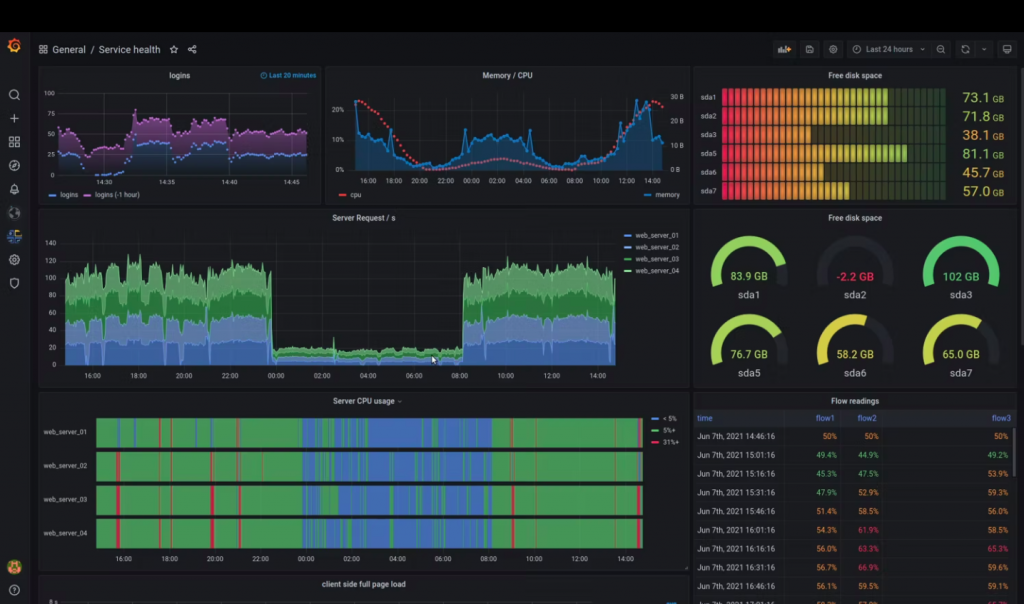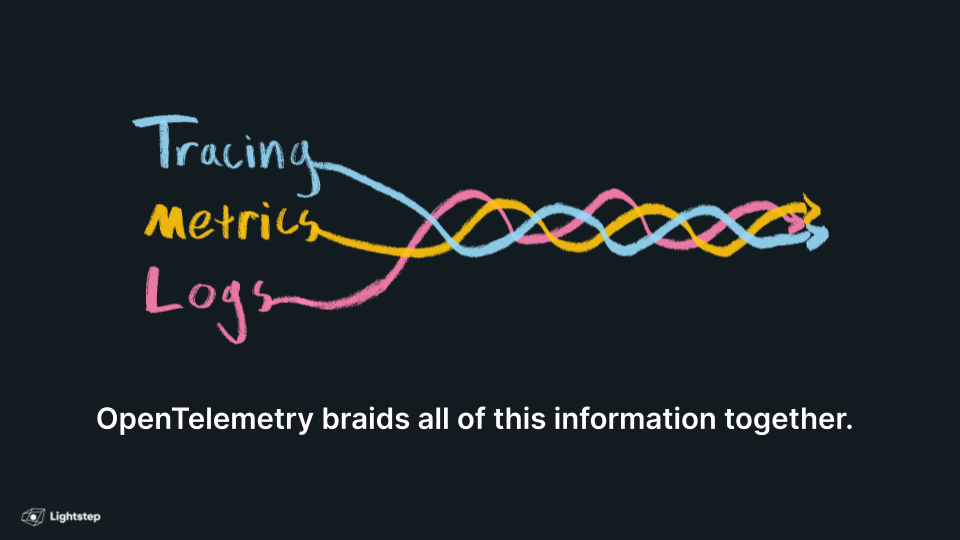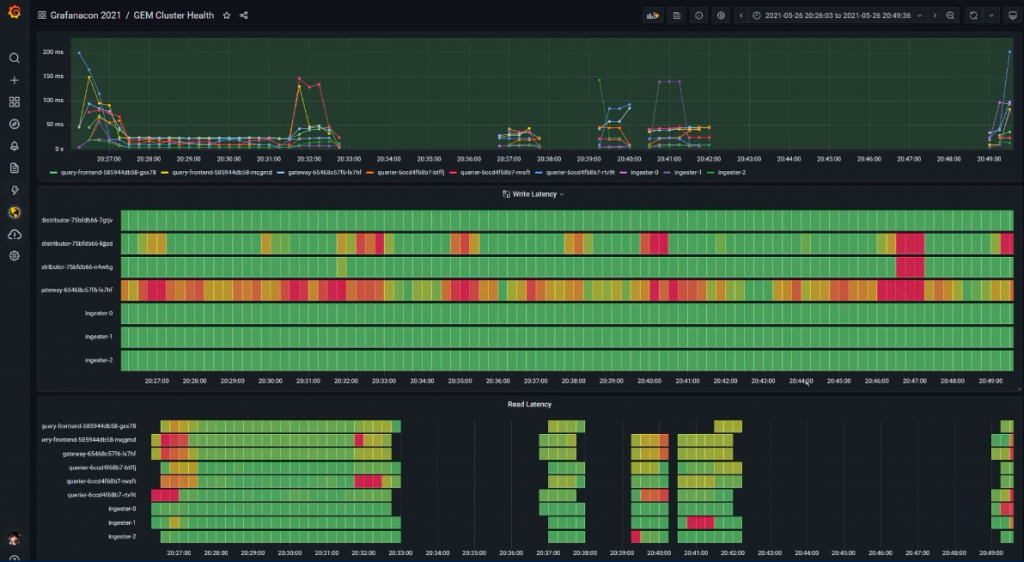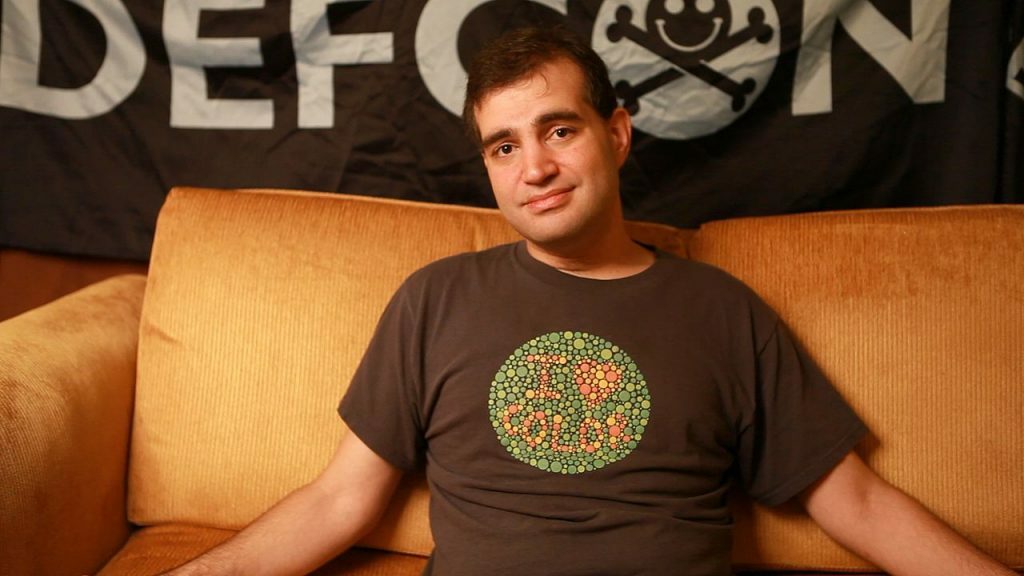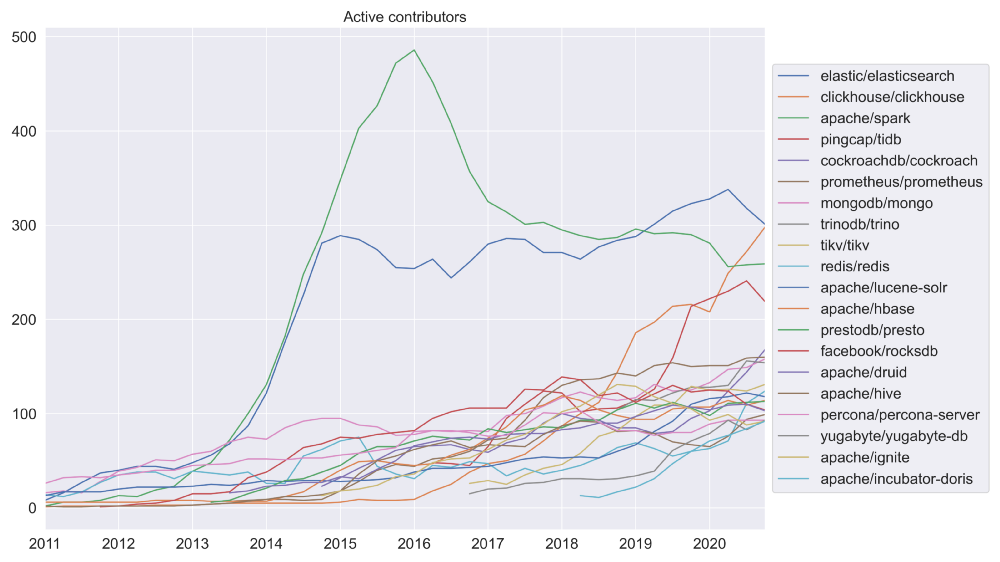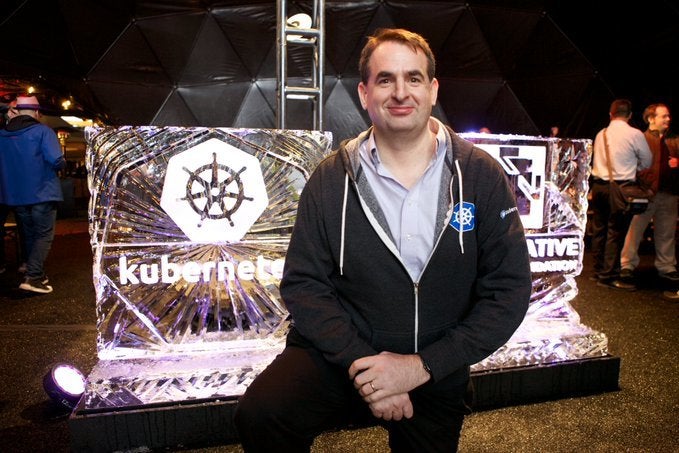Netlify acquires Gatsby
Richard MacManus from The New Stack spoke with Netlify CEO Matt Biilmann about the deal and their new catchphrase: “composable architectures”
Biilmann described it as a “change away from monolithic solutions,” citing a couple of examples: Adobe Experience Manager “as the DXP [digital experience platform] system for all your web productions” and Drupal “as the core engine that both powers the backend and the frontend of your site, the business logic and the UI layer, and so on.” He argues that these types of “monolithic” solutions can “start to feel very legacy and very dated.”
I’m not sure if “composable architectures” will stick, but they sure did a good job of making “jamstack” a thing, so time will tell on that.
